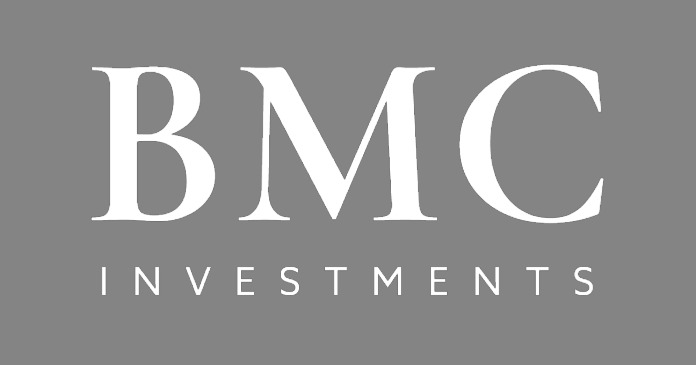Look at AIG. In a wave of corporate head-hunting under Eliott Spitzer, AIG was dragged through a public flogging, its illustrious CEO, Hank Greenberg, driven from office. The old AIG-style of board governance was branded one of the weakest in Corporate America. Seven of its directors were considered insiders.
In the wake of Sarbanes governance jihads and Spitzer attacks, Greenberg was thrown out and reform brought in. The world’s largest insurance company took on all the corporate governance fads imaginable and every clause of Sarbanes. One might assume its risk management regimes would therefore be under the constant eye of scores of independent directors and top-flight accounting firms equipped with new powers and rules.
Wrong, it turns out. Back in 2004, the likes of no less than former Fed chairman Paul Volcker defended Sarbanes-Oxley, saying the new corporate governance rules “will pay dividends in the form of investor confidence, more efficient markets and more market participation for years to come.” Only four years later, writing in the Wall Street Journal, Volcker announced that if a new of wave government intervention was not imposed, “confidence will deteriorate.”
What happened between then and now? At AIG, now taken over by the U.S.
Federal Reserve, the insurance giant went from being a wildly successful conglomerate driven by an Imperial CEO to being your standard outsider-driven corporate model. The AIG board has a surprising number of people who would know little about AIG’s multifaceted and often risky enterprises. There’s the head of Hilton Hotels. There’s James Orr III, chairman of the Rockefeller Foundation.
There’s the head of a media company. And there’s Martin Feldstein, the economist. All but two of the directors are Sarbanes-certified outsiders, as are the directors on the audit committee.
It will likely be a few years before we come to an understanding of what happened to U.S. financial markets in 2008. Let’s hope the flawed Sarbanes’ governance regimes are revisited as part of the problem. But there are many other regulatory dominoes contributed to the meltdown.
Along with Sarbanes and governance fads came new accounting rules and a new spirit of regulation over financial firms, new capital requirements, new asset valuation rules and growing dependence on ratings agencies as the guardians of quality.
It was, after all, the almighty ratings agencies that triggered AIG’s stock market collapse when they issued major downgrades. Exactly what the rating firms learned to change their view of AIG isn’t clear, but the focus was on AIG’s financial services division, a small part of AIG’s operations. It provided what are defined on AIG’s financial statements to include “super senior credit default swaps” valued at $441-billion.
But those swaps were losing value. How much value is a matter of mind- boggling risk assessment calculations, since there is no market value for the swaps. According to AIG’s statement, about $307 billion of the total exposure “was written to facilitate regulatory capital relief for financial institutions primarily in Europe.” It added optimistically that, “AIG expects that the majority of these transactions will be terminated” over the next nine to 21 months.
These European banks, apparently, held U.S. mortgage portfolios and had purchased insurance from AIG using the swaps. As the U.S. subprime mortgage crisis deepened, these European banks might come looking to cash in their swaps. How much deeper under water were AIG’s swap investments? There’s no way of knowing; even AIG could not realistically know, no matter how sophisticated its valuation methods.
It would only come out in the wash as time went on.
But under new accounting rules, AIG was forced to make judgments and write assets down, even if there was no real market on which to base values. The effect of the write-downs was a deteriorating balance sheet that had to be boosted with new injections of capital. When the agencies knocked AIG’s ratings down, the company’s ability to raise money on the markets declined to the point that it could not replenish its capital.
AIG, in other words, was scrambling to fulfill a series of regulatory and new accounting rules that had the effect of forcing it into a tailspin. To what degree are new mark-to-market accounting rules responsible for putting AIG at risk of collapse?
It is convenient to label Wall Street and the world financial system crisis — banks all over the world participated in the formation of new financial instruments and risk-reduction schemes — a product of greed and corruption. But what really went wrong is not that simple. It is dangerous to think that all that’s needed is another layer of regulation and government control, when the old layer of regulation was part of the problem.
Author: Terence Corcoran















